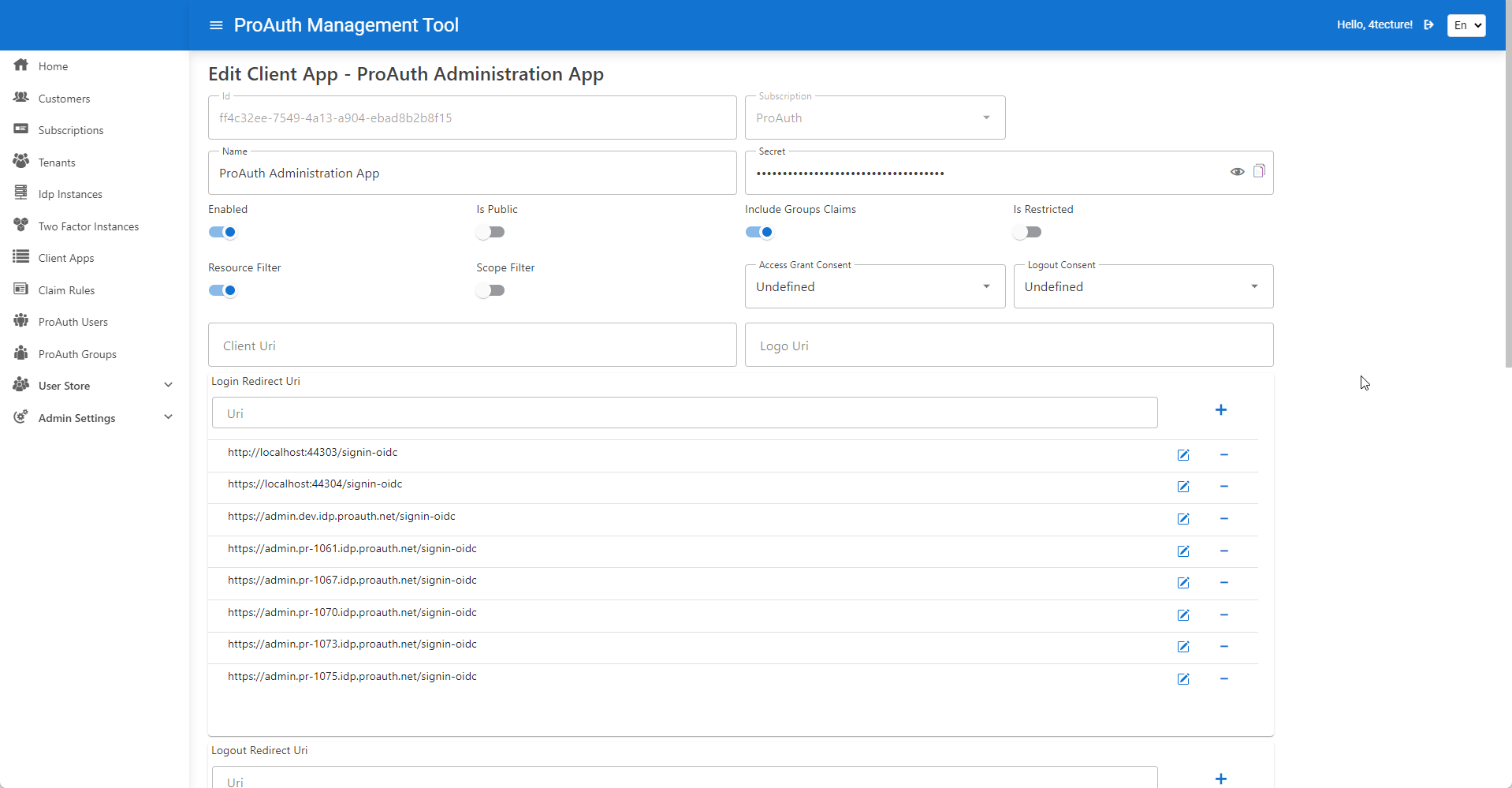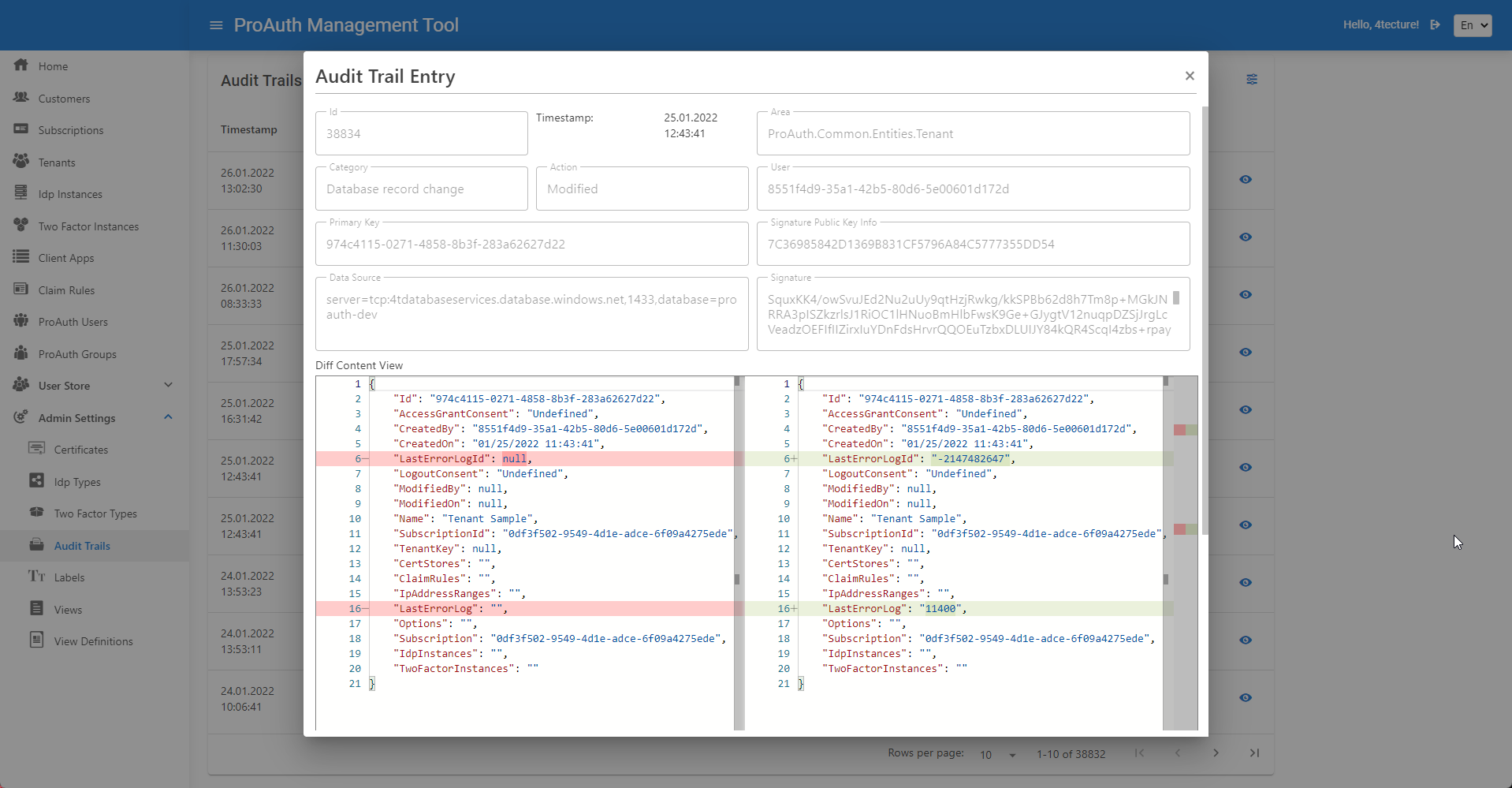Modern applications or microservice architecture should rely on a trusted identity provider which decouples the authentication implementation from the services or applications. There should be a single trust from the application, so new federated identity providers or customer specific configurations do not affect the implementation or deployment of the services and applications.













